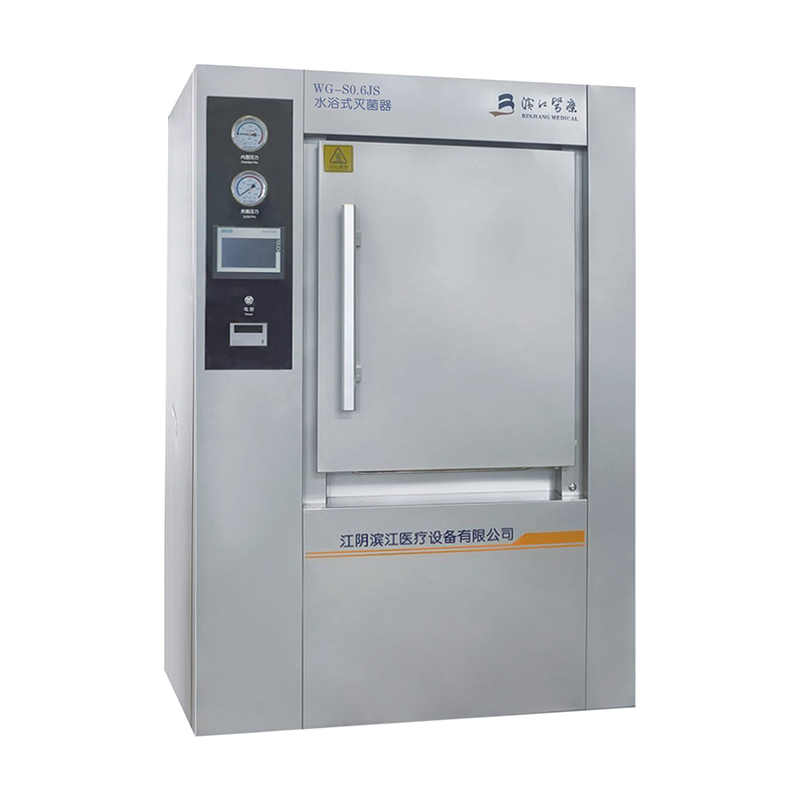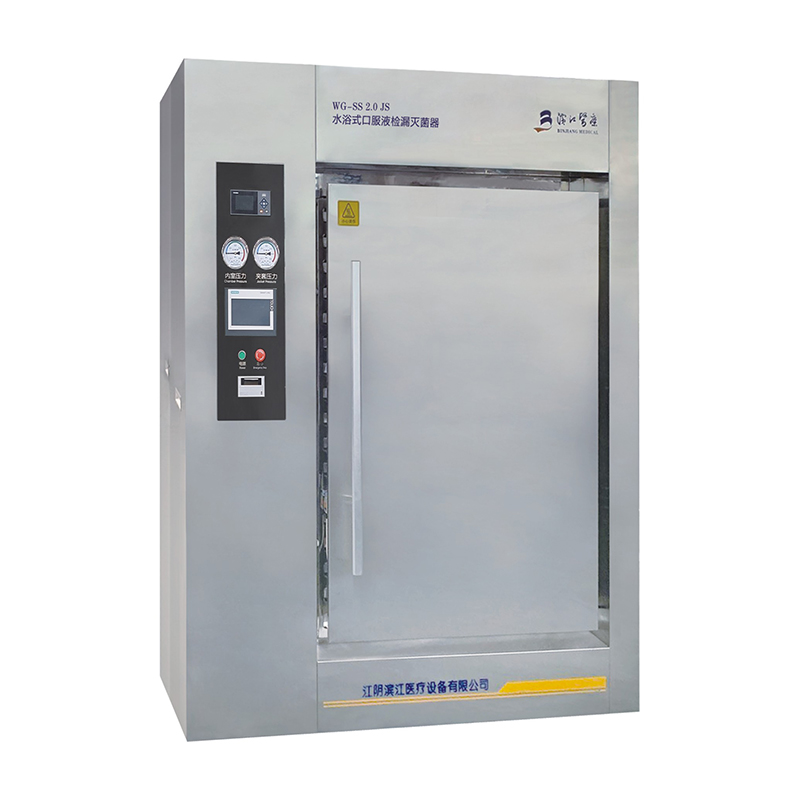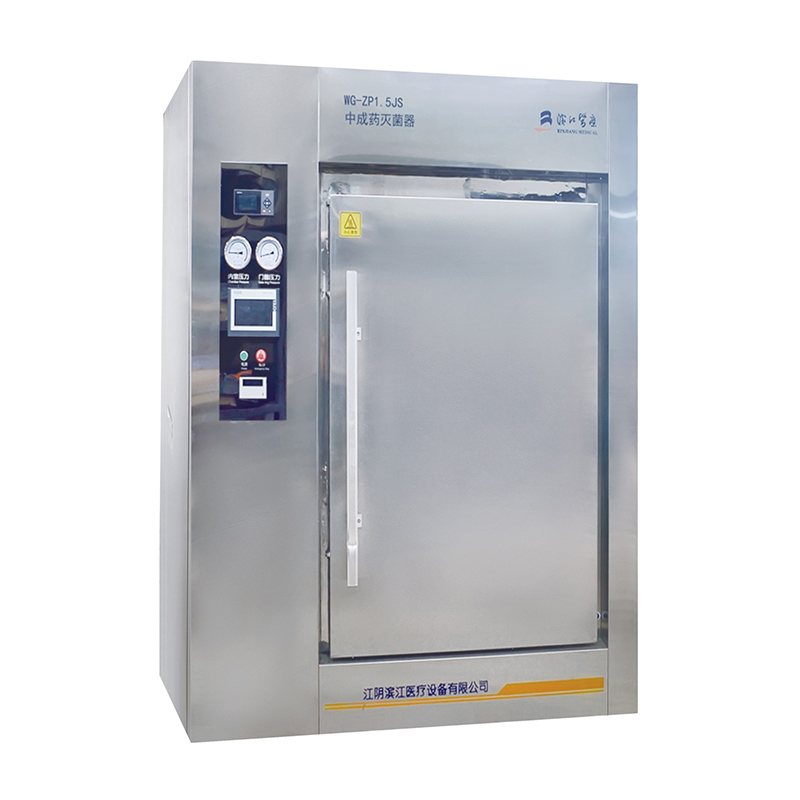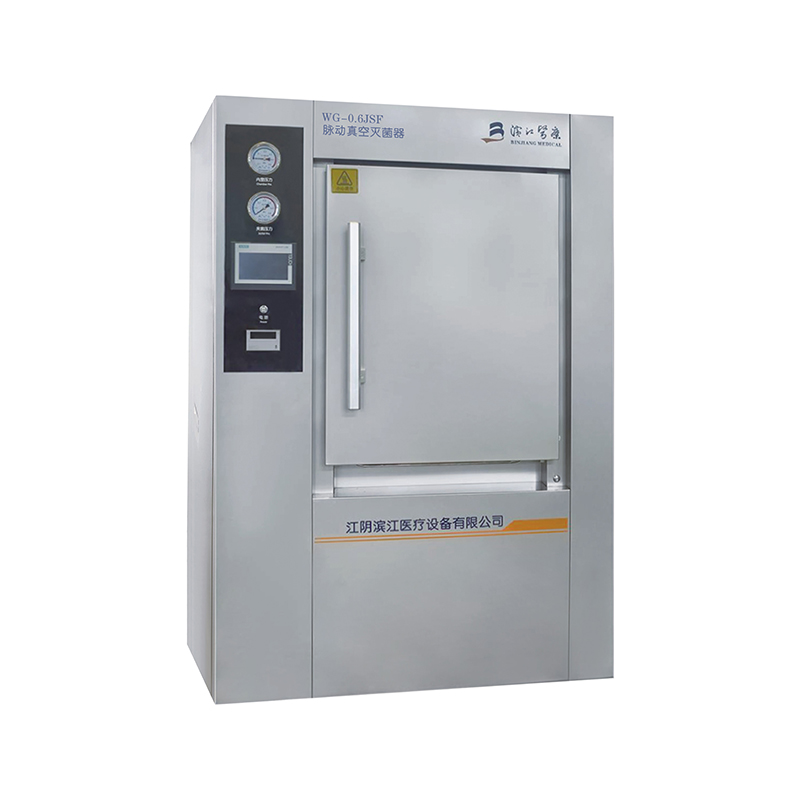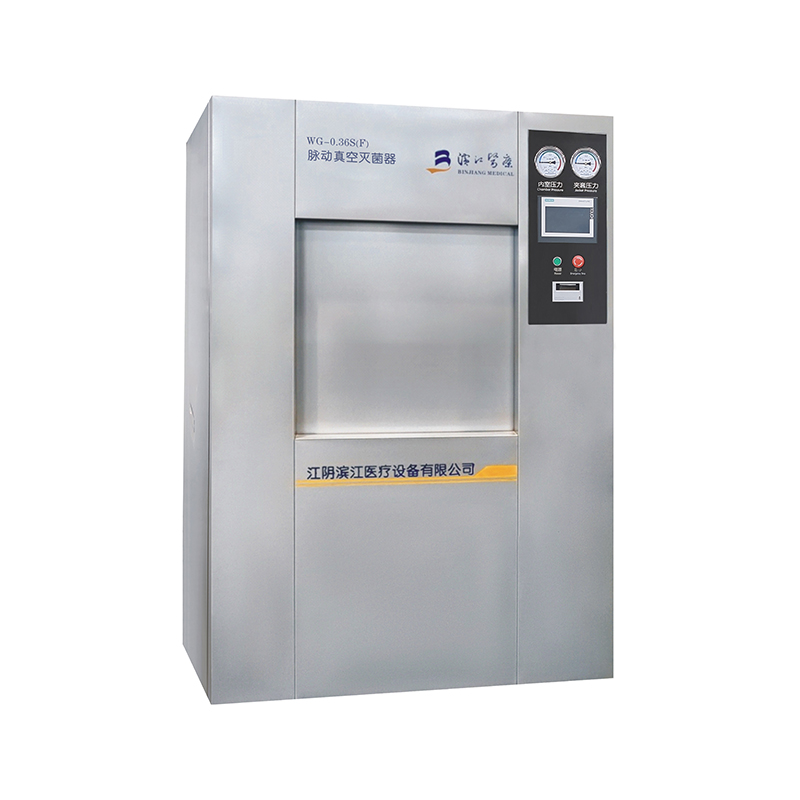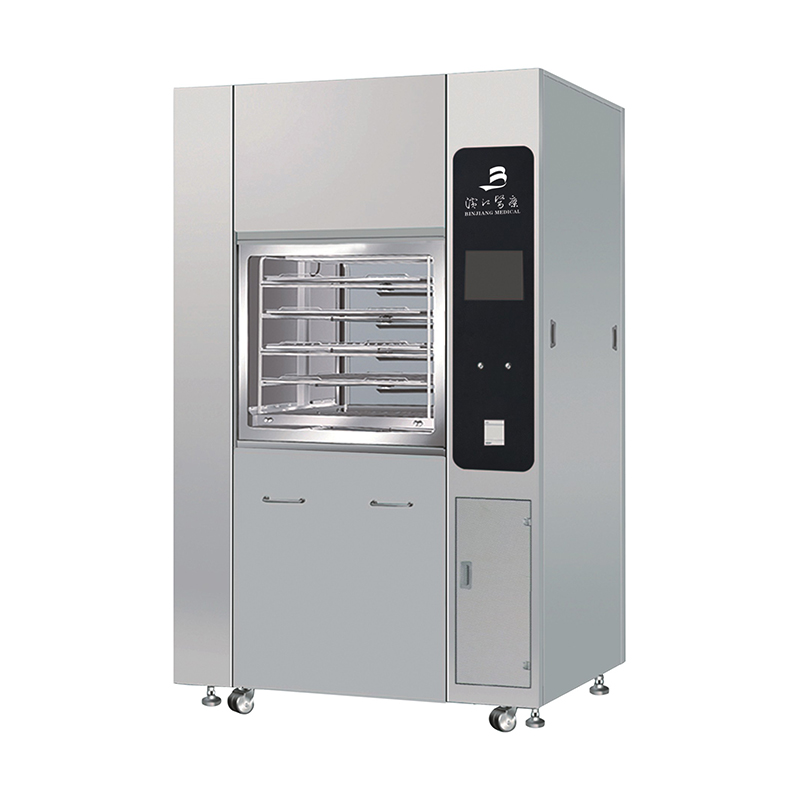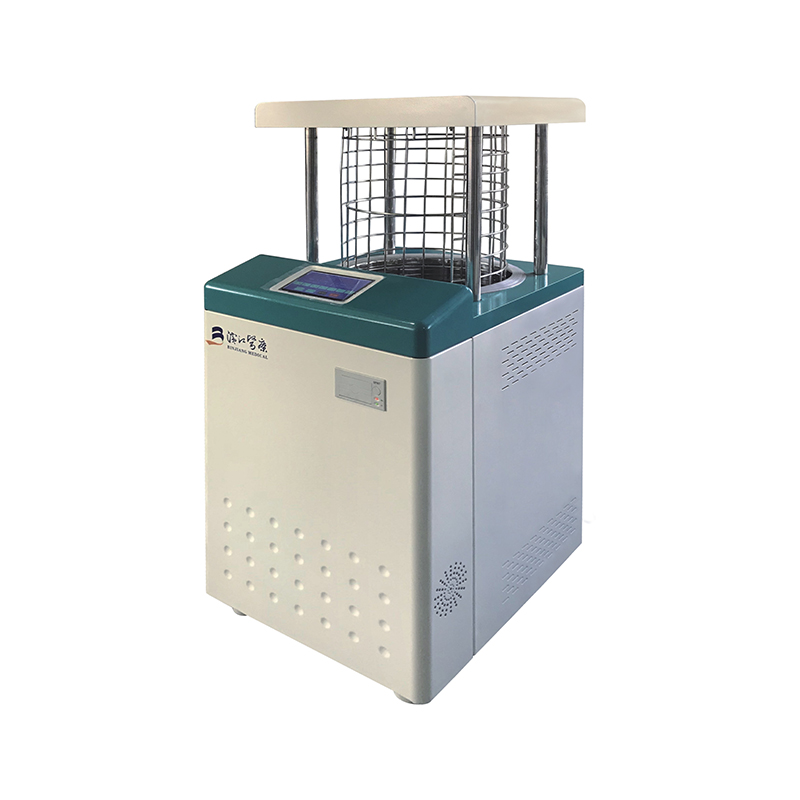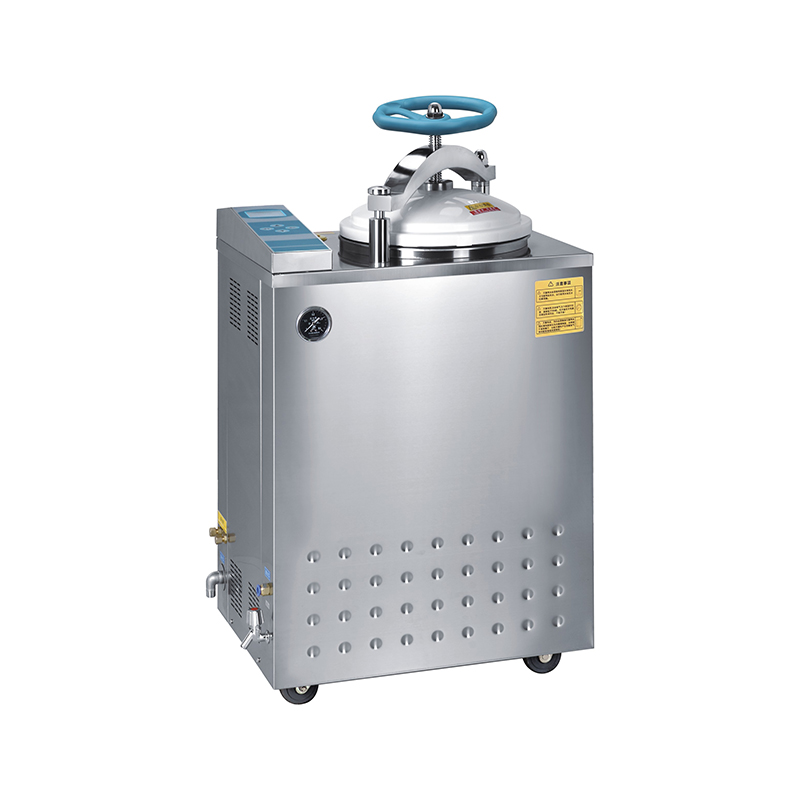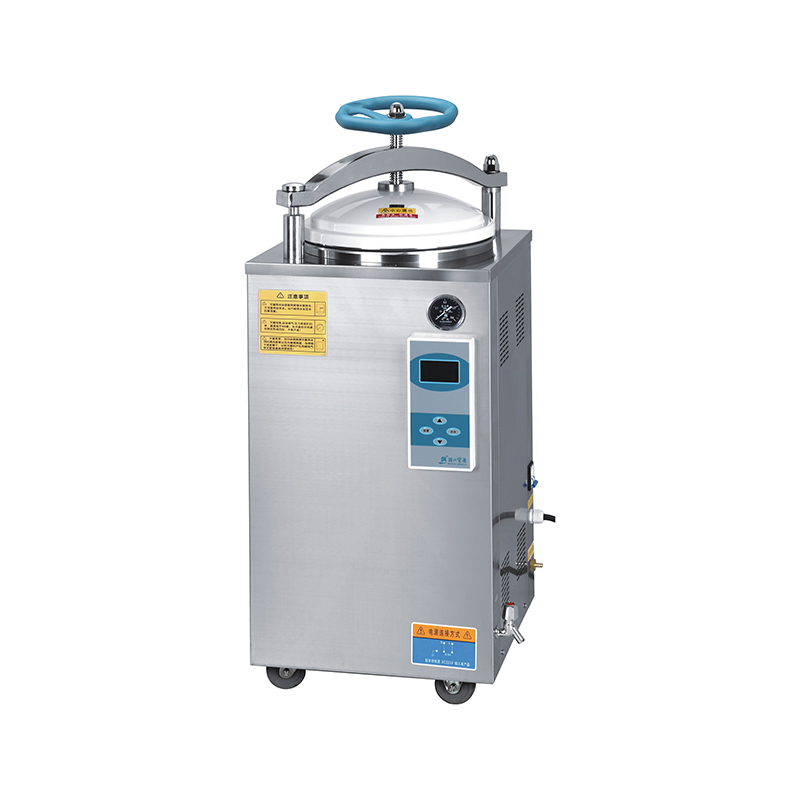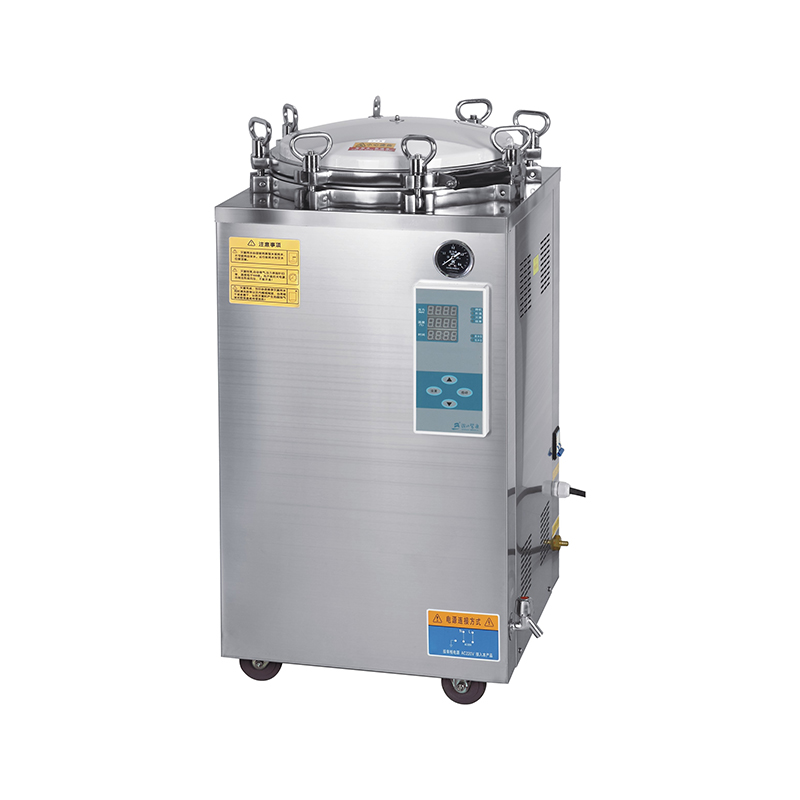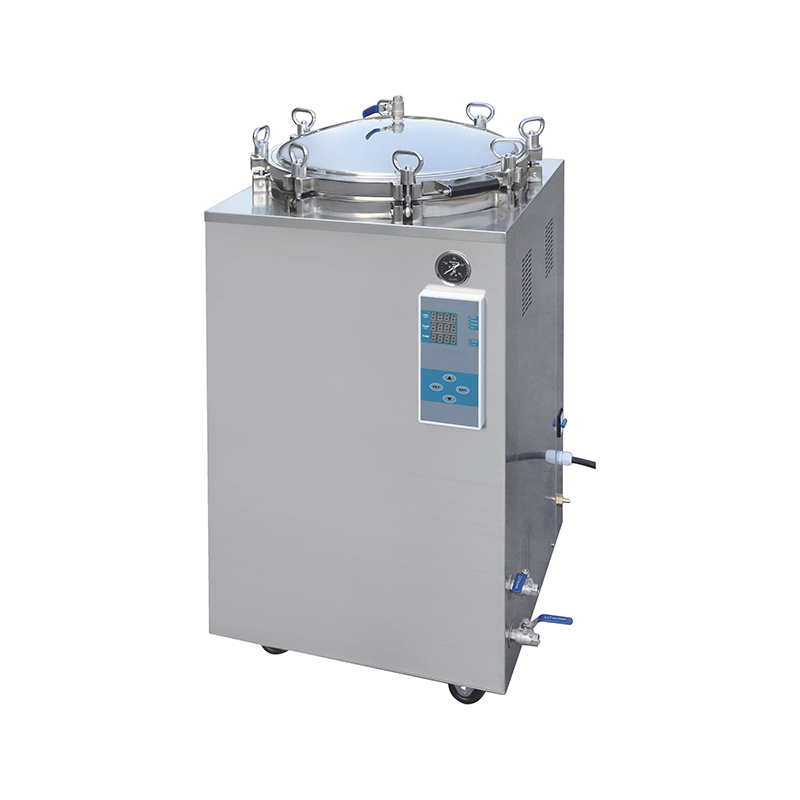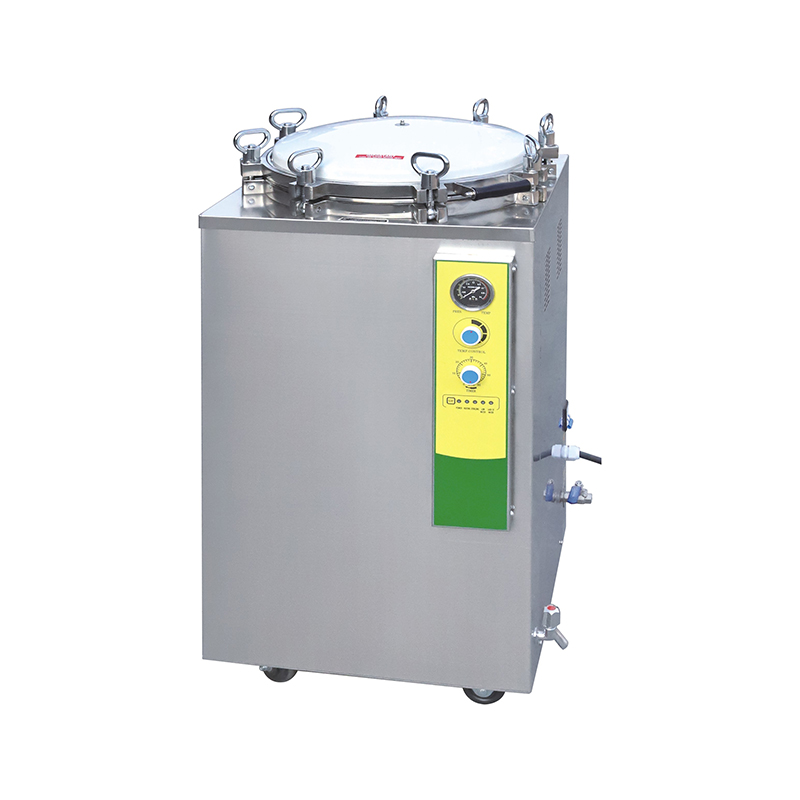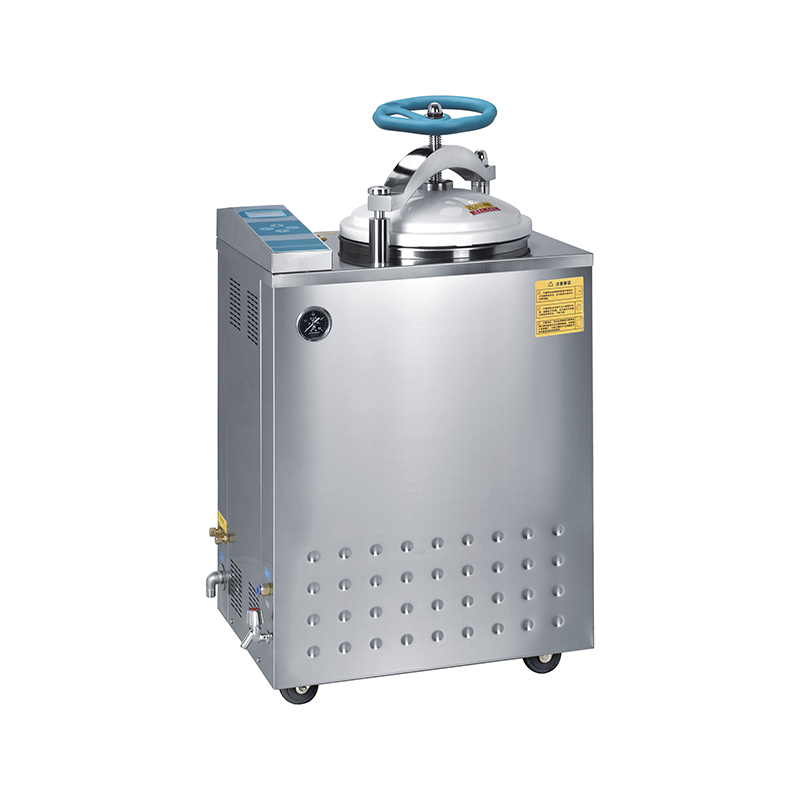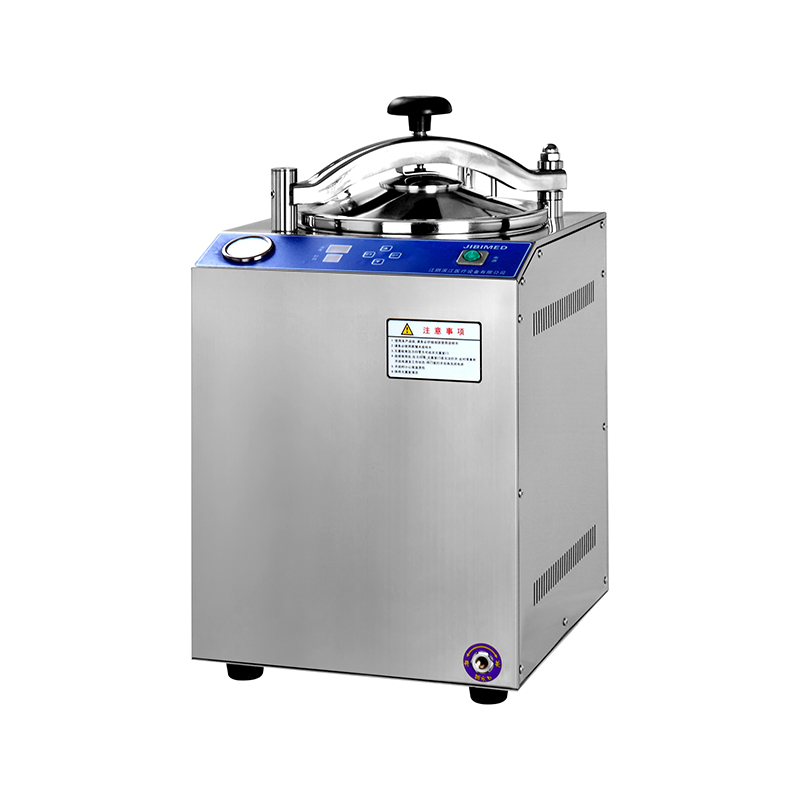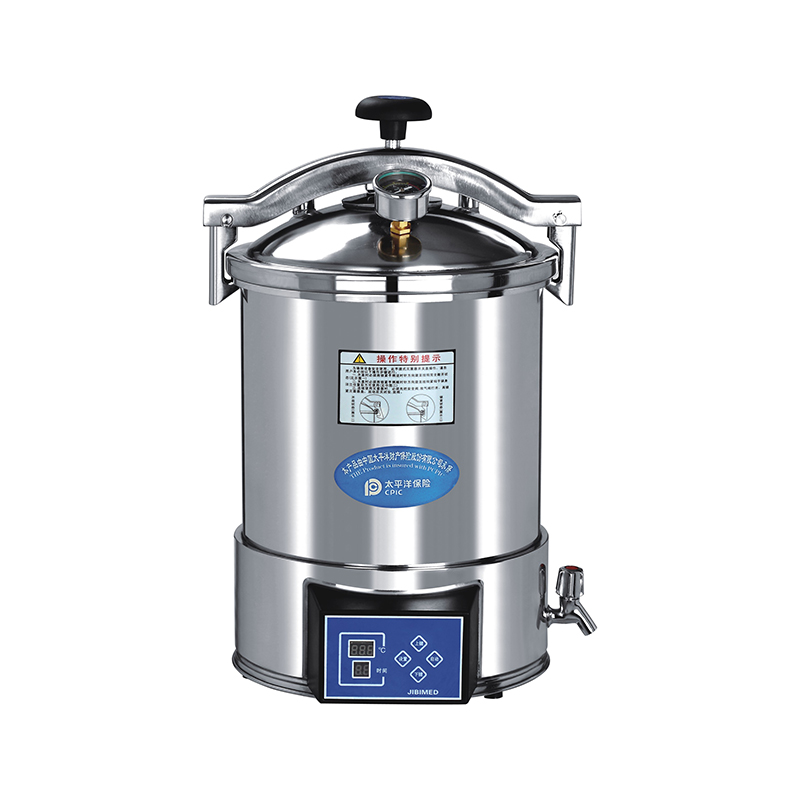Prevention and treatment of burns in washing machines and autoclaves
Posted by Admin | 21 Aug
The disinfection and supply center is the department within the hospital responsible for the cleaning, disinfection, sterilization and supply of all reusable diagnostic and treatment equipment, instruments and items. Due to the nature of the work and the particularity of the working environment, staff are exposed to various potential dangers for a long time and are often exposed to various high-temperature equipment, so burns occur frequently.
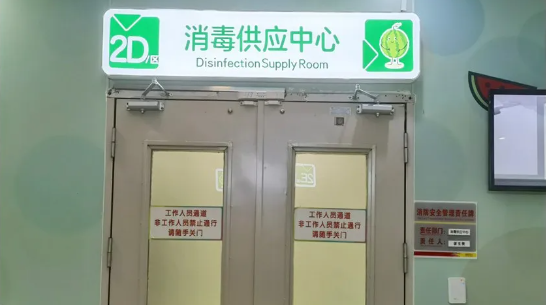
Burns:
Scalds are injuries caused by hot solids, liquids, or gases that injure the skin.
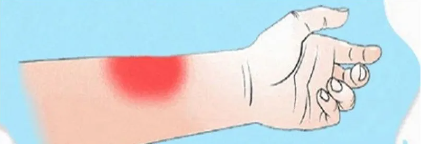
Commonly used equipment that causes high temperature burns in disinfection supply centers
Pressure steam sterilizer, cleaning and disinfection machine

Boiling sterilizer, drying cabinet

Cause Analysis
1. Failure to wear protective gloves and sleeves resulted in burns. Removing items before they had completely cooled caused burns to the hands and arms.
2. Failure to regularly inspect and maintain the pulsating vacuum sterilizer and connecting pipes resulted in air leaks through the door and pipes, leading to steam burns.

3. Differences in safety knowledge. Due to the complex staff structure in the supply room, some personnel lack knowledge of the supply center and have a weak awareness of safety precautions, increasing the incidence of burns.
4. During operation, staff members lose focus and inadvertently touch equipment such as pots, stainless steel racks, and instrument boxes, resulting in burns.
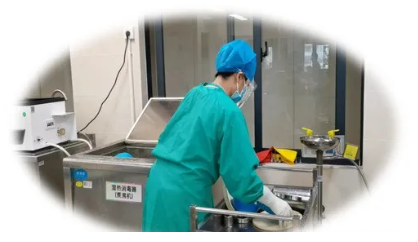
5. Domestic pressure steam sterilizers have lower heat dissipation than imported equipment, which can easily cause burns to workers' hands and faces.
6. Inadequate protective equipment and supplies can lead to burns.
Preventative Measures
1. Personnel operating autoclaves must be certified, proficient in operating procedures, and stand behind the oven door when operating.
2. Wear long-sleeved work clothes and anti-scald gloves when removing sterile bags. When opening the oven door, avoid the valve opening to prevent high-pressure steam from spraying onto the face. When cleaning, wait until the oven temperature has cooled to room temperature before proceeding. Avoid rushing.
3. Packaging requirements: The packaging volume must not exceed 30cm x 30cm x 50cm, the weight of the dressing pack must not exceed 5kg, and the weight of the instrument pack must not exceed 7kg. The loading capacity at any one time must not exceed 90% of the cabinet volume. Overloading, over-packing, or over-high loading can increase the difficulty of loading and unloading and increase the risk of burns.
4. Sterile items unloaded from the sterilizer can only be moved after the temperature drops to room temperature or the cooling time is more than 30 minutes.
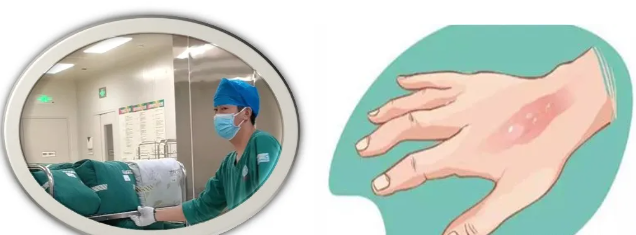
5. The department actively organizes tiered training, focusing on sterilizers and personnel with low educational attainment, with repeated training until they master the techniques.
6. Regularly inspect and maintain pressure steam sterilizers and air supply lines, identifying any problems and effectively rectifying them.
7. In the event of a steam leak, while protecting yourself from burns, immediately stop sterilization, shut off the air inlet valve and power supply, notify maintenance personnel and the head nurse, and switch to another sterilizer for sterilization.
8. The department has established a burn emergency plan to ensure timely and effective treatment for burns suffered by staff.

Preventative Measures
Common Items: Burn ointment, sterile cotton swabs, iodine, sterile gauze, bandages, etc.
Treatment of Burns
If a burn occurs, quickly remove the burn source and assess the severity and area of the burn. If the skin is intact, immediately rinse the burned area with cool water or soak it in cool water for at least half an hour to lower the temperature and relieve pain and injury. A cold compress can be applied to the face. If necessary, carefully remove any covering clothing with scissors to prevent it from sticking to the wound and complicating medical treatment.
If the skin is broken, avoid rinsing with cold water to prevent infection. Observe the local skin condition. For minor burns, apply burn ointment for relief. If blisters occur, avoid abrading the blisters or the surface to prevent bacterial infection. For large or deep burns, seek prompt and effective surgical treatment. Never apply medication or folk remedies, such as soy sauce or toothpaste, to the burn. This can worsen the injury and increase the risk of infection.


 English
English русский
русский Français
Français Español
Español bahasa Indonesia
bahasa Indonesia Deutsch
Deutsch عربى
عربى 中文简体
中文简体


